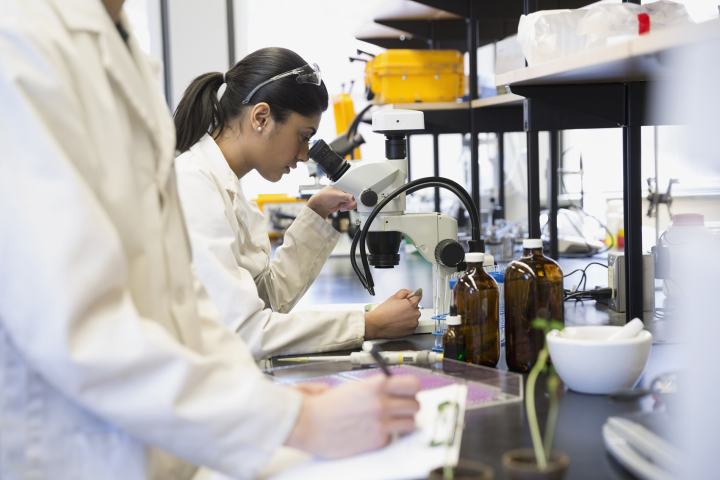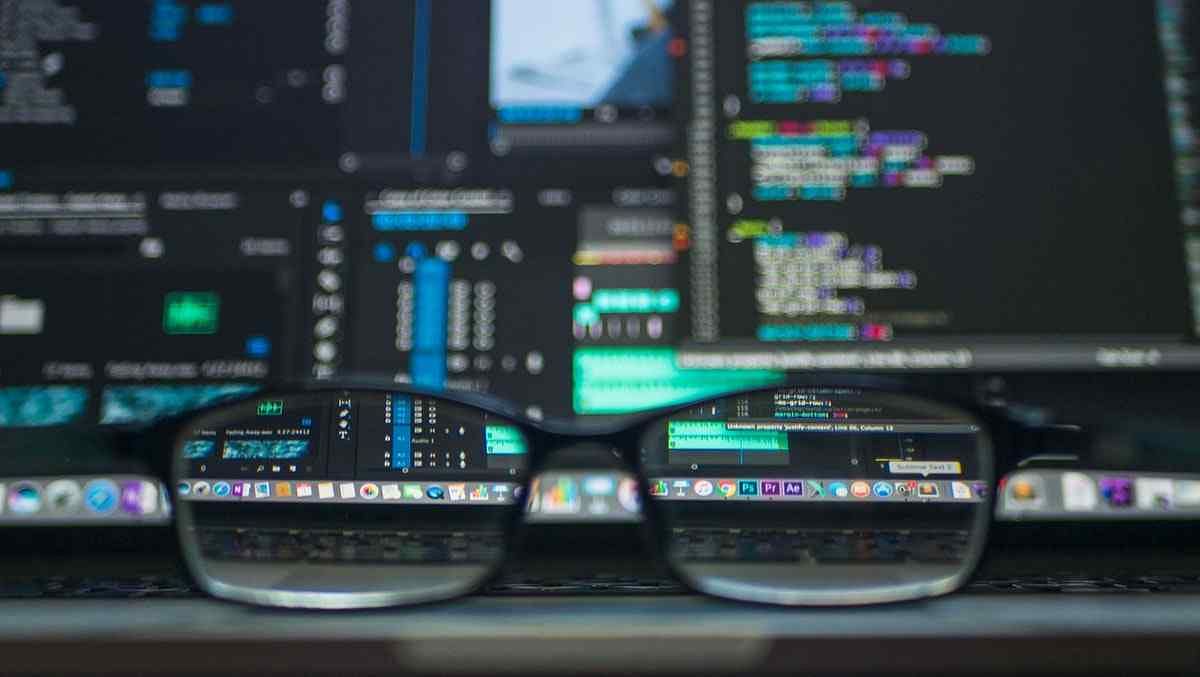Master Statistical Methods: Boost Your Data Analysis Skills

statistical methods In the world of data analysis, mastering statistical methods is like having a superpower. These techniques allow you to decipher complex data, draw meaningful conclusions, and make informed decisions. Whether you’re diving into data for academic research, business insights, or personal projects, understanding and applying statistical methods can elevate your analytical skills to new heights. This guide will explore the essentials of statistical methods, offering practical advice and strategies to enhance your data analysis capabilities.

Understanding Statistical Methods
At its core, statistical methods are techniques used to collect, analyze, interpret, and present data. They help transform raw data into actionable insights, enabling researchers, analysts, and decision-makers to draw valid conclusions and make evidence-based decisions.
What Are Statistical Methods?
Statistical methods encompass a broad range of techniques and tools designed to handle various types of data and research questions. They include:
- Descriptive Statistics: Methods used to summarize and describe the main features of a dataset. Common techniques include measures of central tendency (mean, median, mode) and measures of dispersion (range, variance, standard deviation).
- Inferential Statistics: Techniques used to make generalizations or predictions about a population based on a sample. This includes hypothesis testing, confidence intervals, and regression analysis.
- Predictive Analytics: Methods used to forecast future trends and behaviors based on historical data. Techniques include linear regression, time series analysis, and machine learning algorithms.
Understanding these foundational statistical methods is crucial for effective data analysis and interpretation.
Essential Statistical Methods for Data Analysis
1. Descriptive Statistics
Descriptive statistics are the building blocks of statistical methods. They provide a summary of the main characteristics of a dataset, offering a snapshot of its overall structure.
- Measures of Central Tendency: These measures indicate the center of a dataset. The mean (average), median (middle value), and mode (most frequent value) are commonly used.
- Measures of Dispersion: These measures describe the spread or variability of the data. The range (difference between maximum and minimum values), variance (average squared deviation from the mean), and standard deviation (square root of variance) are key indicators.
By summarizing your data with descriptive statistics, you gain a clear understanding of its basic features and distribution.
2. Inferential Statistics
Inferential statistics allow you to draw conclusions about a population based on a sample. They help assess the validity of hypotheses and make predictions about future outcomes.
- Hypothesis Testing: A method used to determine whether there is enough evidence to reject a null hypothesis. Common tests include t-tests (for comparing means), chi-square tests (for categorical data), and ANOVA (analysis of variance).
- Confidence Intervals: A range of values within which the true population parameter is likely to fall. Confidence intervals provide an estimate of the uncertainty associated with sample statistics.
- Regression Analysis: Techniques used to model and analyze the relationships between variables. Linear regression, logistic regression, and multiple regression are commonly used to predict outcomes and explore relationships.
Inferential statistics enable you to make data-driven decisions and validate your findings with statistical rigor.
3. Predictive Analytics
Predictive analytics involves using historical data to make forecasts about future events or trends. It leverages various statistical methods and algorithms to generate predictions.
- Linear Regression: A technique used to model the relationship between a dependent variable and one or more independent variables. It helps predict outcomes based on linear relationships.
- Time Series Analysis: A method used to analyze data points collected or recorded at specific time intervals. It helps identify trends, seasonal patterns, and cyclic behaviors in time-dependent data.
- Machine Learning Algorithms: Advanced techniques used to build predictive models and uncover patterns in complex datasets. Examples include decision trees, random forests, and neural networks.
Predictive analytics helps you anticipate future trends and make proactive decisions based on data-driven insights.
Practical Tips for Mastering Statistical Methods
1. Start with the Basics
Before delving into advanced statistical methods, ensure you have a solid grasp of the basics. Understanding fundamental concepts such as descriptive statistics, probability distributions, and hypothesis testing provides a strong foundation for more complex analyses.
- Study Key Concepts: Familiarize yourself with essential terms and principles. Resources such as textbooks, online courses, and tutorials can be valuable learning tools.
- Practice with Real Data: Apply basic statistical methods to real datasets to gain hands-on experience. This helps reinforce your understanding and build practical skills.
Starting with the basics ensures that you have a strong foundation upon which to build more advanced statistical methods.
2. Utilize Statistical Software
Statistical software can significantly enhance your ability to perform complex analyses and manage large datasets. Popular tools include:
- R: An open-source programming language and software environment for statistical computing and graphics. R is highly extensible and widely used in data analysis and research.
- Python: A versatile programming language with powerful libraries such as Pandas, NumPy, and SciPy for data analysis and statistical modeling.
- SPSS: A commercial software package used for statistical analysis in social science research. SPSS offers a user-friendly interface and a wide range of statistical functions.
Familiarize yourself with statistical software to streamline your analysis and handle large datasets efficiently.
3. Focus on Data Quality
The quality of your data directly impacts the accuracy and reliability of your statistical methods. Ensure that your data is clean, accurate, and representative.
- Data Cleaning: Identify and address issues such as missing values, outliers, and inconsistencies. Data cleaning is essential for ensuring the integrity of your analysis.
- Data Validation: Verify the accuracy and reliability of your data sources. Ensure that the data is collected using appropriate methods and instruments.
Maintaining high data quality is crucial for producing valid and meaningful results with statistical methods.
4. Interpret Results Thoughtfully
Interpreting the results of your statistical methods requires careful consideration and critical thinking. Avoid jumping to conclusions based solely on statistical significance.
- Consider Practical Significance: Assess the practical implications of your findings, not just statistical significance. Consider the effect size and its relevance to real-world scenarios.
- Avoid Misleading Conclusions: Be cautious of common pitfalls such as p-hacking (manipulating data to achieve statistically significant results) and overgeneralization. Ensure that your conclusions are supported by robust evidence and sound reasoning.
Thoughtful interpretation of results ensures that your findings are both statistically and practically meaningful.
5. Stay Current with Advancements
The field of statistical methods is continuously evolving, with new techniques and tools emerging regularly. Stay informed about the latest developments to enhance your analytical skills.
- Read Research Papers: Keep up with recent research and advancements in statistical methods by reading academic journals and articles.
- Attend Workshops and Conferences: Participate in workshops, webinars, and conferences to learn about new techniques and best practices.
Staying current with advancements ensures that your skills remain relevant and that you can leverage the latest tools and techniques in your analyses.
Applying Statistical Methods in Various Fields
Statistical methods have broad applications across diverse fields, providing valuable insights and driving decision-making.
1. Healthcare and Medicine
In healthcare and medicine, statistical methods are used to evaluate treatment efficacy, analyze clinical trial data, and identify risk factors for diseases.
- Clinical Trials: Analyze data from clinical trials to assess the effectiveness and safety of new treatments.
- Epidemiological Studies: Use statistical methods to study the distribution and determinants of health-related events in populations.
Statistical methods play a crucial role in advancing medical research and improving patient outcomes.
2. Business and Marketing
In business and marketing, statistical methods help analyze consumer behavior, assess market trends, and evaluate the impact of marketing campaigns.
- Market Research: Analyze survey data and consumer behavior to identify market opportunities and preferences.
- Sales Forecasting: Use predictive analytics to forecast future sales and optimize inventory management.
Statistical methods enable businesses to make data-driven decisions and enhance their competitive edge.
3. Social Sciences
In social sciences, statistical methods are used to explore social phenomena, study human behavior, and evaluate public policies.
- Survey Analysis: Analyze survey data to understand public opinion, social attitudes, and behavioral patterns.
- Policy Evaluation: Use statistical methods to assess the impact of social programs and policies.
Statistical methods provide valuable insights into social issues and inform policy decisions.
statistical methods
Mastering statistical methods is essential for unlocking the full potential of data analysis. By understanding and applying key techniques such as descriptive statistics, inferential statistics, and predictive analytics, you can enhance your ability to draw meaningful conclusions and make informed decisions. Embrace best practices such as starting with the basics, utilizing statistical software, focusing on data quality, interpreting results thoughtfully, and staying current with advancements. Whether in healthcare, business, or social sciences, statistical methods offer powerful tools for transforming data into actionable insights and driving progress. With a solid grasp of statistical methods, you are well-equipped to tackle complex analytical challenges and achieve success in your research and professional endeavors.







